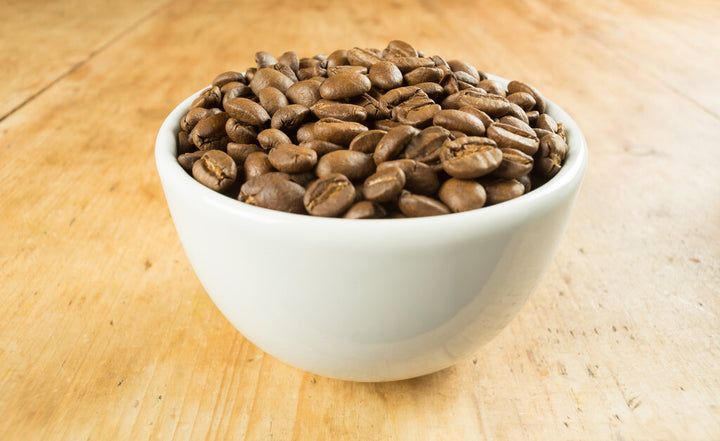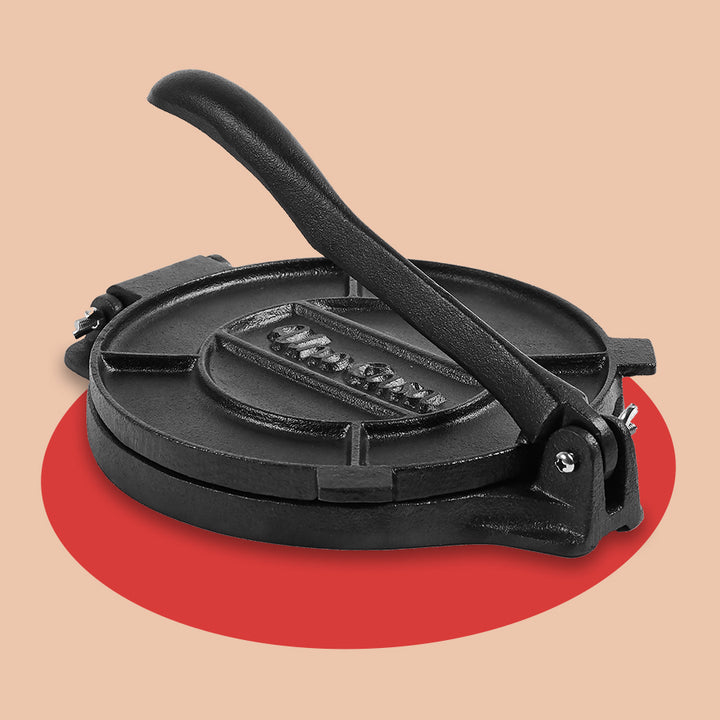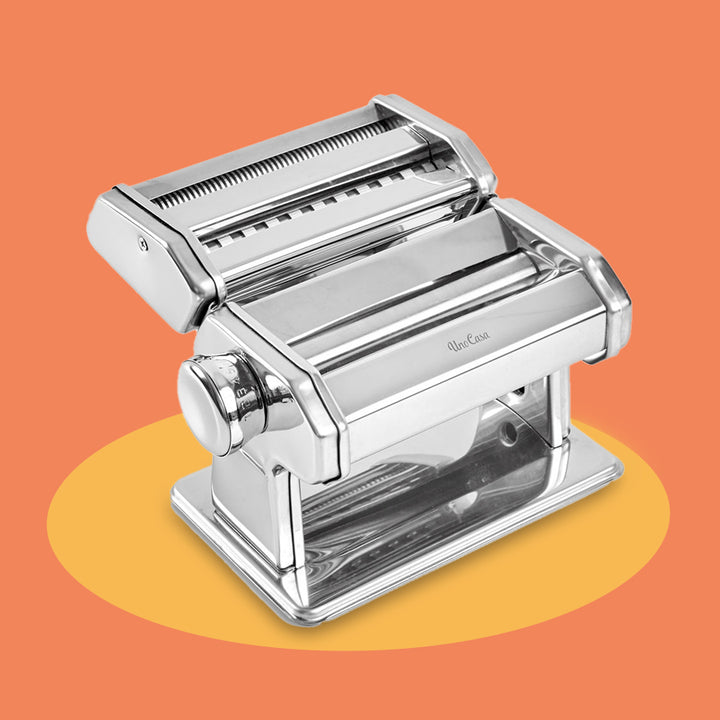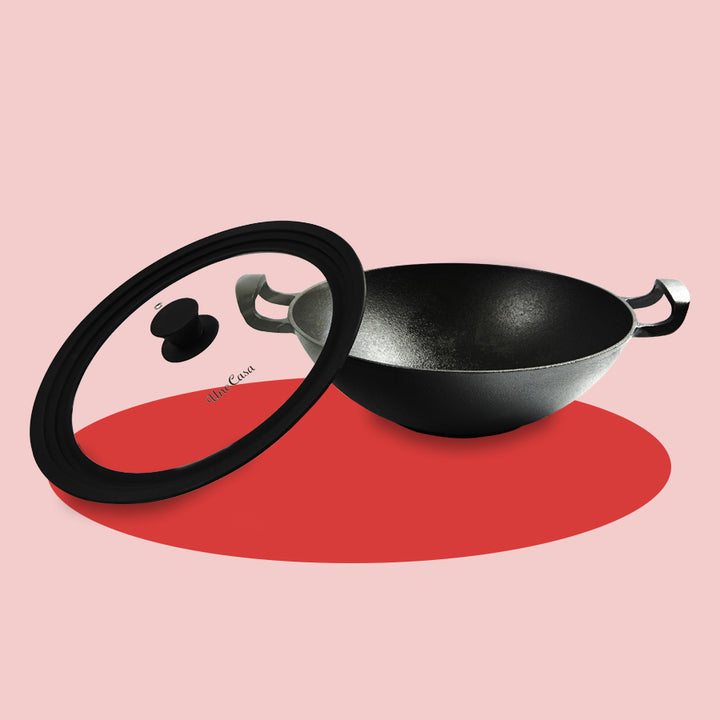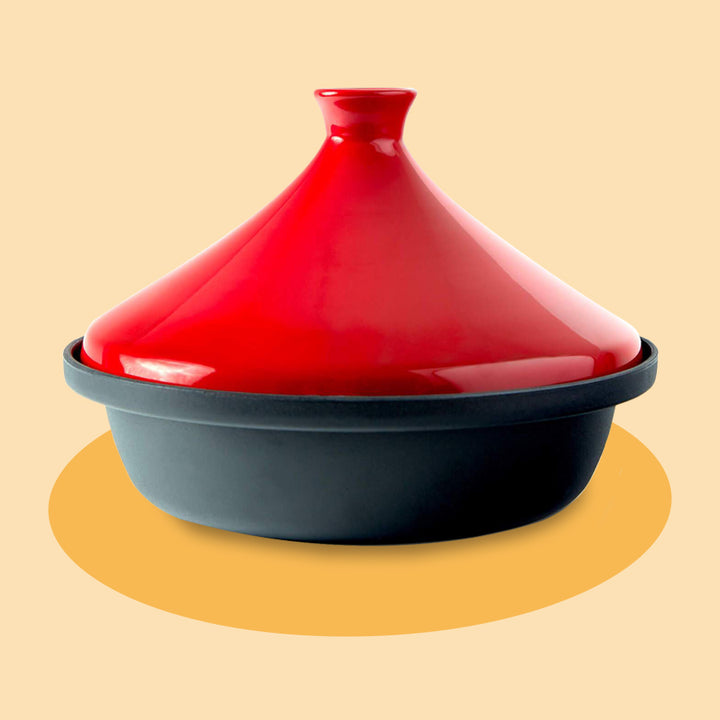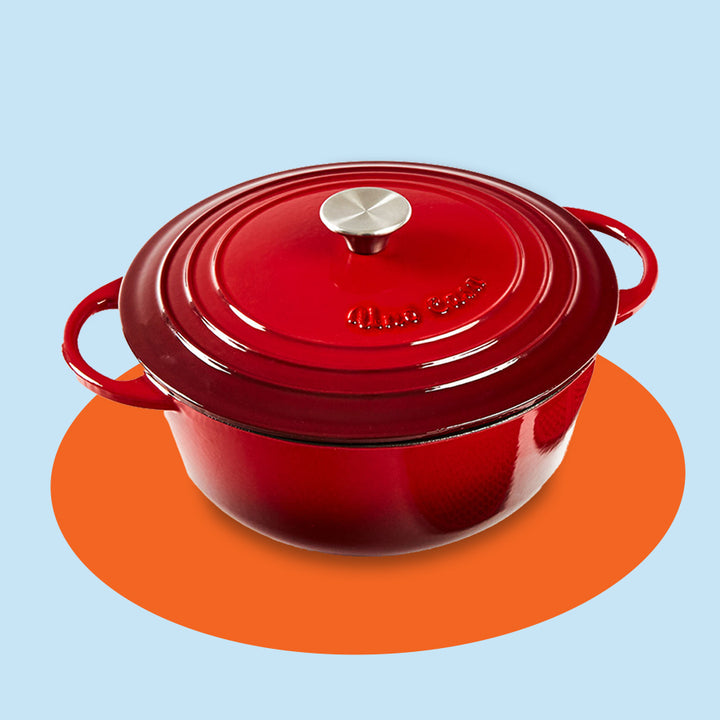How To Dry Homemade Pasta: The Ultimate Guide

Drying your homemade pasta will allow you to keep your pasta stored for longer while also helping it keep the desired shape and consistency when you decide to cook it.
Homemade pasta freshly prepared using a pasta maker is the best kind of pasta, but it can often be rather delicate. Drying your pasta gives your fresh spaghetti or fettuccine a much firmer texture, which ensures that it’s not going to fall apart when you boil it in preparation for your bolognese!
Drying and storing homemade pasta is easy, too, once you know how to do it. In this article, we examine the most efficient ways to dry homemade pasta. Keep reading to discover more!
Learn to make your own delicious pasta at home - check out our simple step-by-step guide:
How To Dry Homemade Pasta
Pasta is generally classed as either fresh or dried. However, in this article, we aren’t discussing the dried pasta that you can purchase in the store, but rather how to dry the fresh pasta after preparing it at home.
There’s a difference, and the point of dried homemade pasta isn’t necessarily to store it indefinitely but also to make it easier to cook. Fresh pasta is prepared using eggs, flour, and water, which means that it won’t keep for as long as store-bought dried pasta (which contains no egg) even when it’s been dried out.
In fact, the primary reason for drying homemade pasta is that the process produces a sturdy and firm product that keeps its shape throughout the cooking process.
When Do I Need to Dry Fresh Pasta?
But we don’t always need to dry out our freshly prepared pasta. It really depends on how sticky the pasta is and what type of pasta you make.
There are several different stages in the pasta making process when you need to consider drying the pasta:
- Before cutting your pasta into shape
- Before cooking your pasta shapes
- Before storing fresh pasta for long term storage
How To Dry Homemade Pasta Before Cutting
If your dough is sticky or flimsy, dry it out before cutting it into pasta shapes. Allowing it time to dry first helps if you’re using a pasta machine to cut the dough, as a drier dough isn't quite as delicate.
You can dry your pasta dough once you roll it into shape and before you start cutting it. Simply cover the dough in a light layer of flour, then leave it on a baking tray for 15 minutes. This length of time is long enough for the dough to harden before you start shaping it.
How To Dry Homemade Pasta Before Cooking
It might seem counterintuitive for us to dry fresh pasta instead of cooking it straight away. After all, won’t we just lose the freshness? The answer is no; we aren’t drying the fresh pasta for long, just enough for it to harden, and therefore to keep its shape when cooking.
Dried spaghetti holds its shape a lot better than undried spaghetti, which can quickly become soft and mushy when we boil it. To dry out our fresh pasta, you'll first cut it into shape. Then lay the fresh noodles on a baking tray or floured surface. Again, we only need to leave our pasta shapes to dry for 15 minutes before cooking them.
Giving the pasta time to dry before cooking works well for long thin shapes, such as fettuccine. Stuffed pasta like ravioli or tortellini needs to be a little harder before we cook them; otherwise, that tasty filling will simply fall out when it’s boiled!
How to Dry Homemade Pasta for Storage
Drying homemade pasta for storage is a longer process than before cutting or cooking; however, choosing to dehydrate pasta will significantly improve your pasta's shelf life.
Once you’ve prepared your pasta shapes, leave your pasta to dry out for 24 hours. Keep it in a cool, dry place to thoroughly dehydrate. Turn your pasta shapes every few hours and keep them lightly coated in flour.
General Pasta FAQ
Apart from our instructions on drying and storing homemade pasta, we realize you may have a few additional questions regarding pasta! We collected a list of our most frequently asked questions and provided answers to help you keep your pasta tasting fresh and delicious.
How long does dry pasta last?
If you’re only lightly drying your fresh pasta before cutting or cooking, then the drying process doesn’t add much to its lifespan. For best results, cook your pasta the same day for the freshest product. You can refrigerate fresh pasta for up to 48 hours, too. Longer than this and fresh pasta starts to take a turn for the worse.
The shelf life of dry pasta varies! Because most fresh pasta recipes involve eggs, they won’t last as long as store-bought dried pasta, but you can still get away with storing dry pasta from fresh for several months!
Conditions such as humidity levels and temperature play the most significant role, so keep your dried fresh pasta stored in airtight containers in a dry location such as the pantry.
Freezing fresh pasta is another option if you’re looking to extend its shelf life. In the freezer, fresh pasta can last for up to 6 months.
Does dry pasta go bad?
If not stored correctly, dry pasta will eventually go bad.
Store your pasta in a dry, cool environment inside an airtight container.
Do I need a drying rack to dry fresh pasta?
You don’t need a pasta drying rack to dry your fresh pasta, but it can help. Drying racks allow you to separate your pasta better, particularly if you’re making long sheets of pasta or long noodles.
However, you can quickly put together a makeshift, homemade pasta drying rack. You can hang your pasta noodles over chairs. You can even try drying pasta in the oven by draping it over the metal grills.
Drying pasta in nests works well, too, particularly if you’re drying long noodles such as fettuccine or spaghetti. Weave your long noodles together into a ball or a large clump (similar to a bird’s nest), then leave them to dry. This process takes up much less space than draping long noodles over a rack or laying them down on a tray.
How do I know how long to dry pasta?
If you’re drying pasta to make it easier to shape or cook, you only need to dry the pasta for 15 minutes. If you attempt to dry the pasta longer than this, the dough or pasta can become too solid and even begin to crack into pieces.
For long-term storage, leave your pasta to dry for at least 24 hours. Depending on the conditions (mainly humidity and heat), the pasta could dry in as little as 12 hours or take longer than 24 hours.
Can you use a dehydrator to dry pasta?
Drying homemade pasta in a dehydrator is the easiest and most effective way to dry your pasta for long-term storage.
It’s also the quickest method, as a dehydrator can have your fresh pasta dried out and ready for storage in only 2 hours.
Become an Expert at Drying Homemade Pasta!
Learning how to dry homemade pasta is a simple and easy process that can make cooking dried pasta easier or extend its shelf life massively.
Why not bookmark our ultimate guide on how to dry pasta for your next pasta making session?
Leave a comment
Comments will be approved before showing up.
Also in Tips
